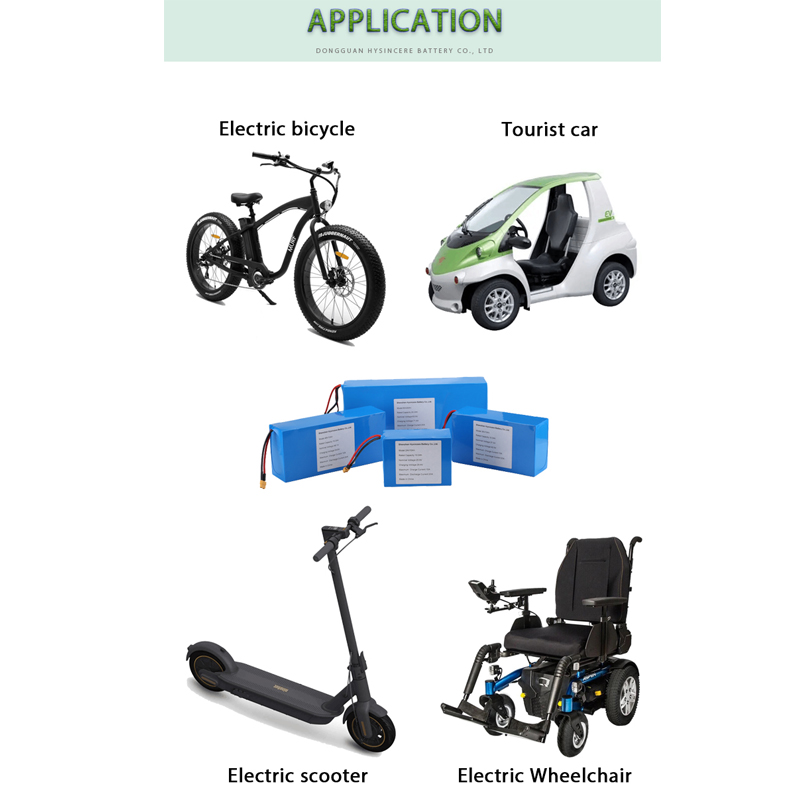Features and considerations related to lithium-ion battery packs
2023-10-17
A lithium-ion battery pack, also known as an Li-ion battery pack, is a collection of multiple lithium-ion cells connected in series and/or parallel to provide a higher voltage, increased capacity, or both. The purpose of a battery pack is to combine individual cells to meet the specific power and energy requirements of a device or system.
Here are some key features and considerations related to lithium-ion battery packs:
1. Cell Configuration: Lithium-ion battery packs can be configured in different ways, depending on the desired voltage and capacity. The two primary configurations are series and parallel connections:
- Series Connection: Cells are connected in a series to increase the total voltage of the battery pack. The positive terminal of one cell is connected to the negative terminal of the next, resulting in the cumulative voltage of all the cells.
- Parallel Connection: Cells are connected in parallel to increase the overall capacity of the battery pack. The positive terminals of all cells are connected together, as are the negative terminals, resulting in increased capacity.
2. Voltage and Capacity: The voltage and capacity of a lithium-ion battery pack depend on the number and configuration of the cells used. The voltage is determined by the series connection of cells, while the capacity is influenced by the parallel connection. Battery packs can range from a few volts for small portable devices to hundreds of volts for electric vehicles or energy storage systems.
3. Safety and Protection: Lithium-ion battery packs incorporate safety features to prevent overcharging, over-discharging, short circuits, and overheating. These features include protection circuit modules (PCMs) or battery management systems (BMS) that monitor and control the charging and discharging processes to maintain safe operating conditions.
4. Application Variety: Lithium-ion battery packs are widely used in various applications, including but not limited to:
- Portable Electronics: Battery packs power smartphones, tablets, laptops, cameras, and other portable devices.
- Electric Vehicles: Battery packs provide the energy to propel electric cars, bikes, scooters, and other electric vehicles.
- Energy Storage: Battery packs are used in stationary energy storage systems to store electricity generated from renewable sources like solar or wind power.
5. Customization and Integration: Battery packs can be customized to fit specific requirements, such as size, voltage, capacity, and form factor. They are often designed to integrate seamlessly into the device or system they power, with considerations for weight, space, and thermal management.
6. Maintenance and Lifespan: Lithium-ion battery packs require proper maintenance to maximize their lifespan. This includes avoiding extreme temperatures, following recommended charging and discharging patterns, and periodic monitoring of the battery's health. It's important to note that lithium-ion batteries have a limited lifespan and will eventually require replacement.
When selecting or using a lithium-ion battery pack, it is crucial to adhere to the manufacturer's guidelines, follow proper charging and storage practices, and handle the battery pack with care to ensure safety and optimal performance.



